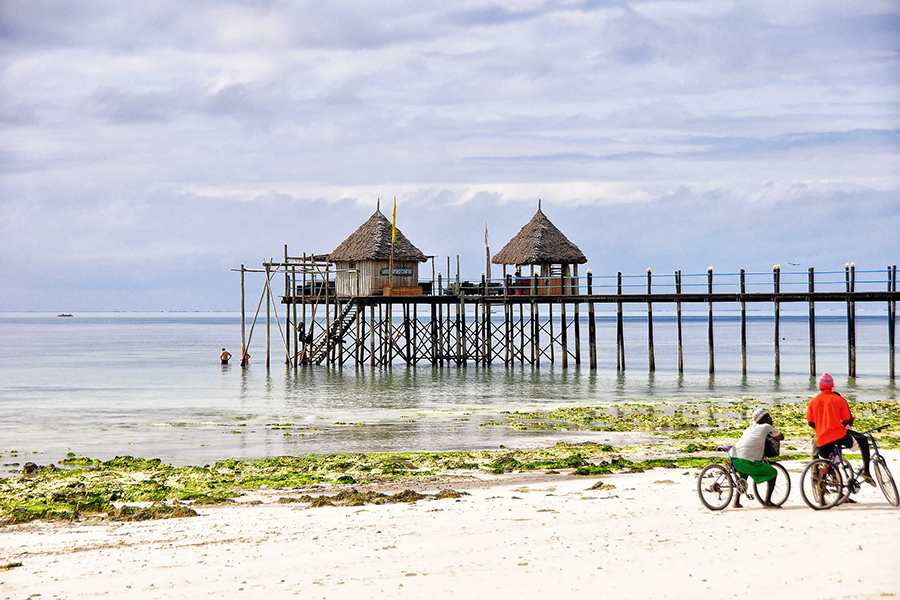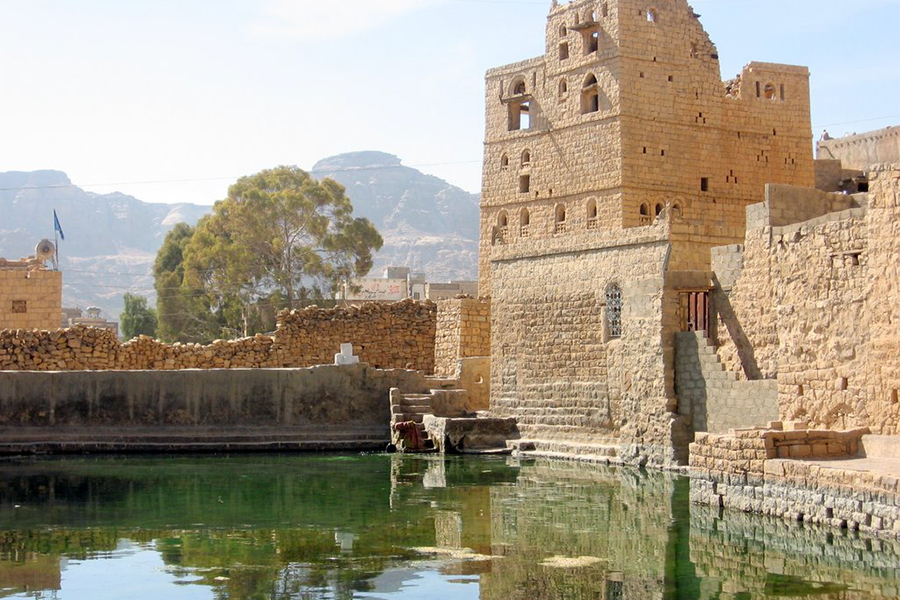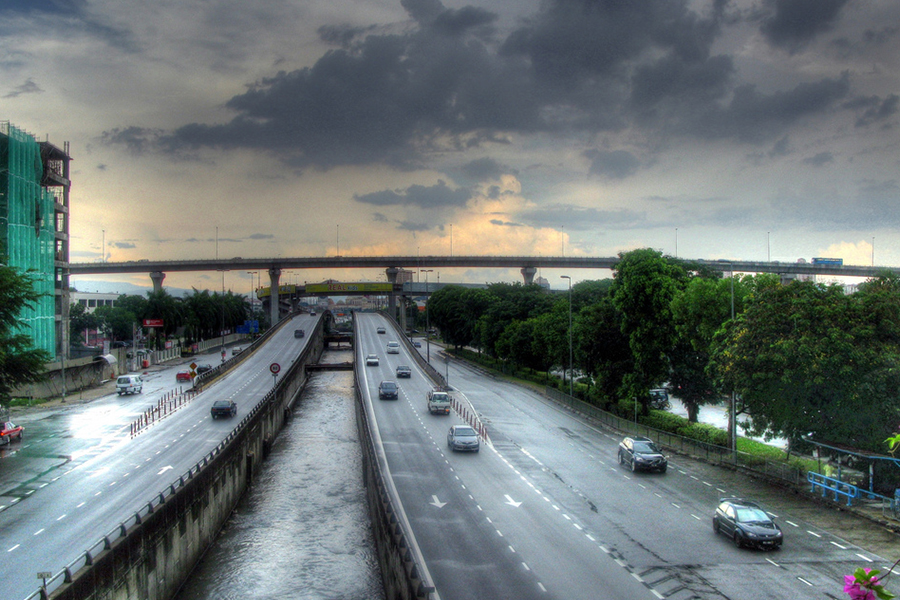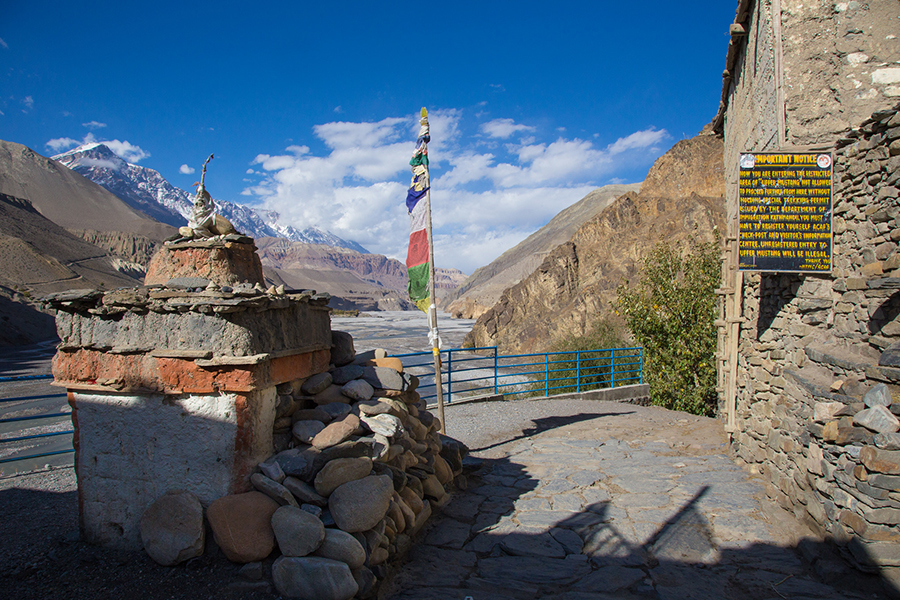Czechoslovak Socialist Republic

Nestled in the pocket formed by Germany, Poland, and the then Soviet Union, the Czechoslovak Socialist Republic existed from 1960 to 1990. Beginning in 1993, Czechoslovakia dissolved into two separate nations. The western part of the former nation became the Czech Republic, and the eastern part became Slovakia. The rebranding continues even today with the Czech Republic recently proposing an English name change to Czechia.
(image via Flickr)
Socialist Federal Republic of Yugoslavia

A large country that was situated just east of Italy, the Socialist Federal Republic of Yugoslavia was founded in the aftermath of WWII. It was formed from six socialist republics, which probably contributed to the nationalist infighting that led to multiple conflicts including the Bosnian War. Today the region is occupied by seven recognized countries: Bosnia and Herzegovina, Croatia, Kosovo, Macedonia, Montenegro, Serbia, and Slovenia.
(image via Flickr)
Republic of Tanganyika

Situated between the Indian Ocean and the African Great Lakes, The Republic of Tanganyika existed only from 1961 to 1964. Though at one time in union with Zanzibar, both are now part of modern-day Tanzania. The country stayed busy during this time, performing important governmental decisions like changing from a parliamentary monarchy to a presidential republic in 1962.
(image via Flickr)
People’s Republic of Zanzibar

The People’s Republic of Zanzibar was a very short-lived country, existing entirely within the year of 1964. Located on the islands of the Zanzibar Archipelago, the country formed after the Zanzibar Revolution. Like the Republic of Tanganyika, the country merged to become the United Republic of Tanzania.
(image via Flickr)
Union of Soviet Socialist Republics

Visitors to the USSR could only go during the years 1922 through 1991. It broke up into the Russian Federation and the rest of the post-Soviet states after the 12 constituent republics voted to dissolve the nation into separate states. The dissolution may still not be complete. Some autonomous areas still feud with the Russian government for independence to this day.
(image via Flickr)
South Yemen

From 1967 to 1990, the southern and eastern provinces of modern Yemen were separated into a communist southern state and a single-party northern republic. In 1990, the two entities merged to form the modern Republic of Yemen which occupies the entire southwestern corner of the Arabian Peninsula.
(image via Flickr)
Federation of Malaya

The former Federation of Malaya makes up the peninsular portion of the modern nation of Malaysia. As the country's influence spread across the region, it gained portions of the island of Borneo, though lost Singapore to independence in 1965.
(image via Flickr)
East Germany

During the Cold War following WWII, Germany was split into East and West states. East Germany remained a communist-ruled nation, as opposed to its federal republic western counterpart, until 1989 when the Berlin Wall was brought down. The Federal Republic of Germany that we know today was officially united in October of 1990.
(image via Flickr)
Kingdom of Sikkim

Located in the Eastern Himalayas, the Kingdom of Sikkim was small hereditary monarchy from 1642 to 1975. Throughout much of its existence, Sikkim was at odds with Nepal, who would invade and rule portions of the country throughout the mid-18th century. Eventually, in 1975, Sikkim was formally annexed by India and now exists as an Indian state.
(image via Flickr)
Kingdom of Tibet

Following the collapse of the Chinese Qing dynasty in 1912, the Kingdom of Tibet formed in Western China, just North of India. While Tibet may not have been recognized as a separate nation, it effectively had autonomous rule over its area. Following a series of power struggles in 1951, the People's Republic of China officially claimed sovereignty over the area.
(image via Flickr)
 Author
William Telgren
Last Updated: October 15, 2024
Author
William Telgren
Last Updated: October 15, 2024